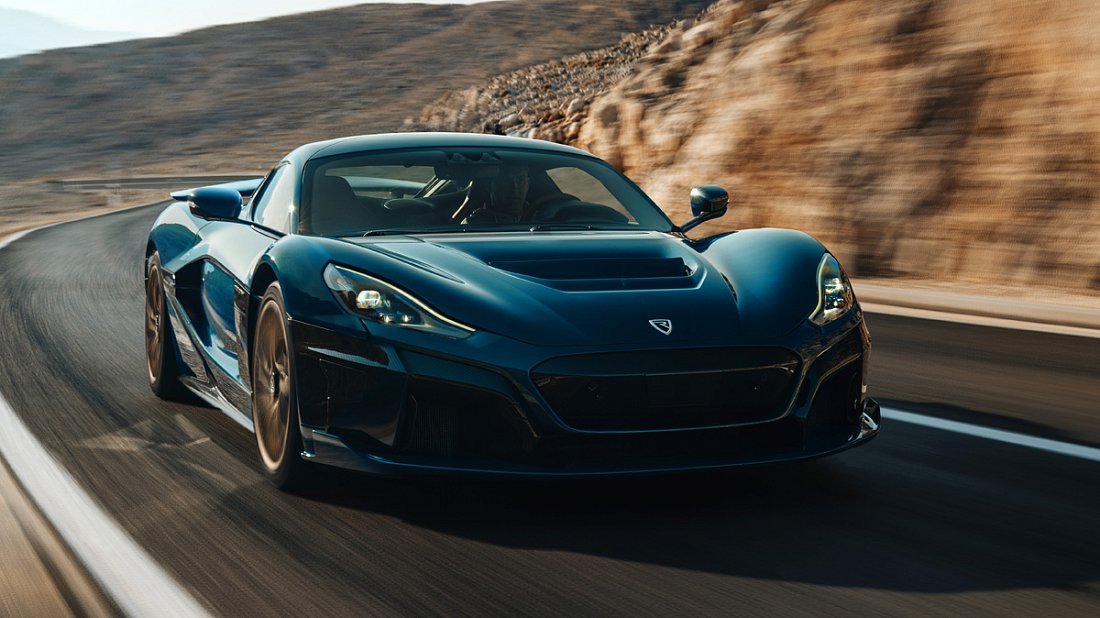EURO 1-phase 10A
- Socket specs
Socket specs
- 230 V, 10 A, 1-phase
- Socket output
Socket output
- 2.3 kW
- Charging 20-80%
Charging 20-80%
- 33 h 03 min (~8 km/h)


The Rimac Nevera is an all-electric all-wheel drive roadster. It came out in 2021 replacing the older Rimac Concept_One.
The Rimac Nevera has a 120 kWh battery pack, allowing it to travel up to 417 km on a single charge. The car has an average efficiency of 27.3 kWh per 100 km (or 273 Wh/km) — ranked №206 out of 586 electric vehicles.
The Rimac Nevera can accelerate from 0 to 100 km/h in 1.81 seconds (ranked №1 out of 596 electric vehicles) and reach a top speed of 412 km/h.
The car’s powertrain delivers up to 1427 kW (1914 hp) of power and 2340 Nm of torque.
The real-world range of the Rimac Nevera is 375–459 km (ranked №206 out of 596 electric vehicles) — depending on several factors, including:
It's important to remember that these are just estimates, and your actual range may vary. It's always best to factor in these various factors when planning your trip and be prepared for potential charging stops.
Plan your trips using the EV Navigation interactive map.
The Rimac Nevera in Europe comes with a CCS Type 2 charging port. It can be charged at home using a standard domestic socket or at any public AC charging station with the compatible cable. It's important to note that the car's on-board charger (inverter) limits the maximum AC charging rate to 22 kW, resulting in approximately 72 km of range added per hour of charging.
For significantly faster charging, public DC fast-charging stations are available. Although the car can achieve a maximum DC charging rate of 250 kW, factors such as battery temperature and charge level may affect the actual charging speed.
Use our Charging calculator to estimate charging time, rate, and cost.
Rimac Nevera comes in the following dimensions:
Behind the rear seats of the Rimac Nevera, you'll find 113 litres of storage space (ranked №564 out of 596 electric vehicles).
Folding down the rear seats expands the total cargo capacity to N/A litres (ranked №N/A out of 596 electric vehicles).
The car doesn’t have a “frunk” (front trunk).







